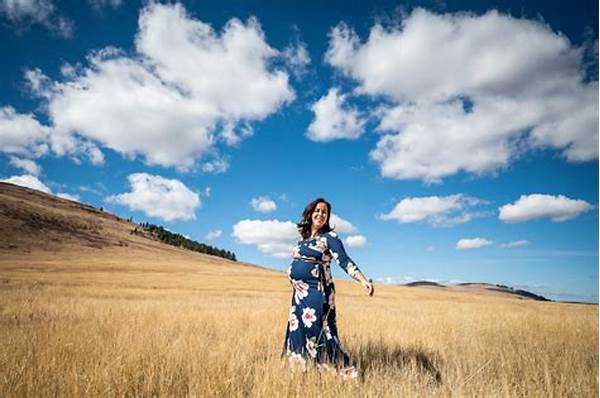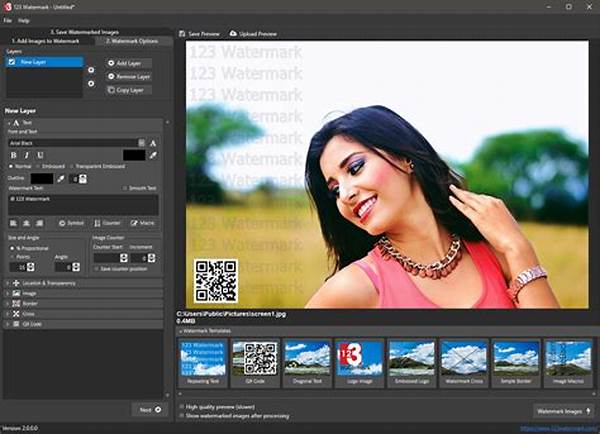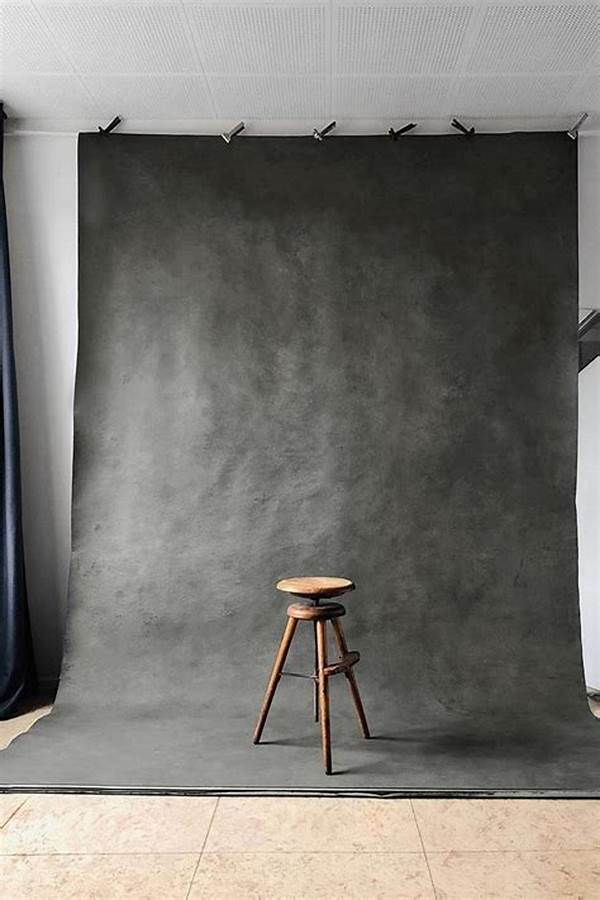Capturing the perfect outdoor portrait is like chasing the perfect summer day. You know it when you see it, and just like those sun-soaked afternoons, it’s all about getting the exposure just right. While stepping outside with your camera, understanding how ISO can influence your portraits is a game-changer. Let’s break it down in a non-techie, relaxed way, perfect for all you casual photography enthusiasts out there.
Read Now : Audience-centric Messaging Methodologies
Understanding ISO in Outdoor Portraits
Imagine ISO as your camera’s sensitivity to light. The lower the ISO number, the less sensitive it is, requiring good lighting to get a decent shot. In contrast, a higher ISO means more sensitivity and better performance in low-light environments. When shooting outdoor portrait exposure with ISO, natural lighting usually lets you keep the ISO low, enhancing your image quality. Ideally, you want your ISO set between 100-400 for crisp images on a sunny day. If it’s cloudy or you’re shooting close to sunset, feel free to dial it up a bit—but not too much, or you’ll risk graininess in your shot.
Now, balancing your ISO with other settings like aperture and shutter speed can take your outdoor portrait exposure to new heights. Keep your aperture wide if you want that dreamy background blur, and adjust your shutter speed to capture the details without motion blur. The magic happens when you find that sweet spot where everything works in harmony. It can turn an ordinary snapshot into an extraordinary portrait.
When it comes to outdoor portrait exposure with ISO, practice makes perfect. Try shooting at different times of the day and in various weather conditions. You’ll start to see how versatile adjusting your ISO can be, and soon enough, you’ll be navigating your camera settings like a pro with enviable outdoor portraits to brag about.
Why ISO Matters in Outdoor Portrait Photography
1. Light Sensitivity Control: Mastering outdoor portrait exposure with ISO lets you control how light or dark your image will be.
2. Noise Management: Keeping that ISO on the low side helps avoid graininess, which can distract from your subject’s lovely features.
3. Time of Day Flexibility: As daylight shifts, adjusting your ISO allows you to adapt quickly, maintaining consistent exposure.
4. Weather Friendliness: Cloudy or bright days? No problem! Adjusting your ISO helps you manage different lighting situations with ease.
5. Detail Preservation: Lower ISO settings maintain detail and sharpness, essential for a professional-looking portrait.
Choosing the Right ISO Settings for Your Outdoor Portraits
When planning your outdoor portrait exposure with ISO, understanding your environment and subject is crucial. On a vibrant sunny day, stick to an ISO around 100-200. This setting captures details and keeps colors vivid without any noise. As your lighting situation dims, maybe during golden hour, bumping up to ISO 400-800 might be necessary to keep your shots bright and beautiful without sacrificing quality. Always remember to keep an eye on the resulting image; a fast test shot can often guide your next move. High ISO works in many scenarios, but unless you’re in a pinch, keeping it low is generally advisable.
So, why are outdoor portraits a big deal with ISO settings? They offer flexibility! You get to enjoy natural light while perfectly highlighting your subject. It’s like having a spotlight on them without being too obvious. Honestly, getting the right exposure while having ISO in check lets you capture genuine moments with flair.
Read Now : Baby Photoshoot Prop Inspiration
Tips and Tricks for Perfect Outdoor Portrait Exposure with ISO
Ready to finesse your outdoor portraits to the next level? Let’s get into some nitty-gritty tricks without the tech overwhelm.
Outdoor Portrait Exposure with ISO: Practical Insights
When venturing out for an outdoor portrait session, understanding your subject and location is key. Think of ISO as your secret weapon in capturing those stunning shots everyone raves about. Picture yourself on a bright day in a park; your ISO can sit comfortably at 100 or 200, allowing for sharp and vibrant images. But say you’re under a canopy of trees, only pockets of light filtering through—it’s time to tweak your ISO a bit higher.
Always remember those magical golden hours of early morning or late afternoon for the best natural lighting. These times can let you play around with outdoor portrait exposure with ISO settings without much hassle. Your photos get this dreamy feel with warm undertones that require less post-processing. Utilizing ISO then becomes an art form itself—adapting to the light, capturing the moment.
Keeping it Real: Outdoor Portrait Exposure with ISO Duo
Yo, so you’re getting into outdoor portraits, right? It’s a total vibe! But you gotta know ISO ain’t just some random camera setting. It’s, like, crucial for getting that killer shot! When you ace the outdoor portrait exposure with ISO, you get pics that are lit… literally and figuratively.
Just imagine this: You’re out with your bestie, and it’s all about capturing those vibes. Keep your ISO low when it’s bright, but don’t sweat if you gotta up it a bit when you’re chillin’ under those dreamy sunset skies. Trust me, it makes a big diff in how those pics turn out. Plus, it keeps things sharp while catching all those deets that make the memories pop!
Wrap-up: Your Guide to Outdoor Portrait Exposure with ISO
Let’s keep this real. Mastering outdoor portrait exposure with ISO can turn you from a casual snapper into a photo guru. As you dive deeper, understanding how each tweak affects your photos, you unlock endless creative possibilities. You’ll know when to keep it low and when to tap it up a notch. And as you go, your eye for detail sharpens—a superpower in the realm of photography.
Playing with this knowledge also keeps you flexible across different lighting scenarios. You know when to bathe your subject in natural light and when to use shadows for dramatic effect. With practice, you’ll soon find your unique style amid the wonders of outdoor photography. Remember, photography is as much about having fun as capturing moments. Keep clicking and let your creativity run wild!



